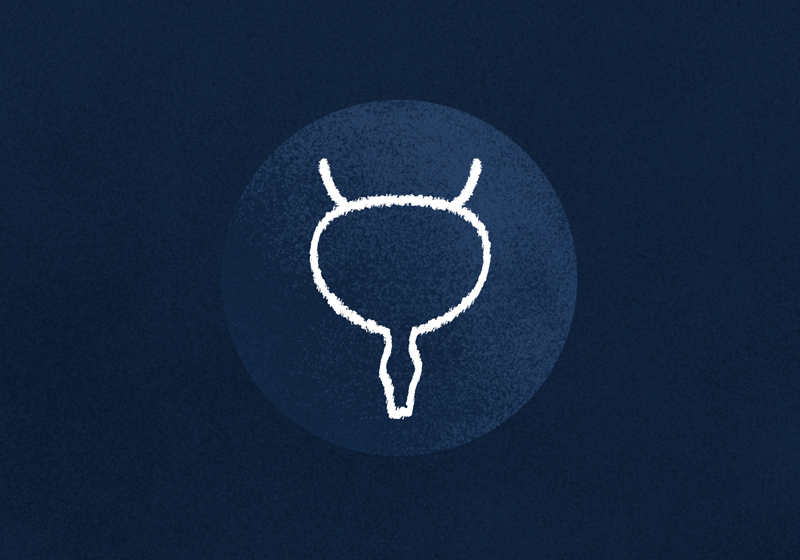Cystoscopy

What is a cystoscopy?
A cystoscopy is a medical procedure that allows the examination of the interior lining of your bladder and urethra using a cystoscope telescope. It is performed to diagnose and treat various conditions involving the urinary tract.
Why is a cystoscopy performed?
A cystoscopy may be recommended to:
- Diagnose problems: It helps identify the cause of symptoms such as frequent urinary tract infections, blood in the urine, urinary incontinence, abnormal cells in a urine sample, persistent pain during urination, or difficulty in passing urine.
- Monitor progress: For individuals who have undergone treatment for a bladder tumour, routine cystoscopies may be performed periodically to detect any early recurrence before it spreads.
- Treat conditions and perform procedures: During a cystoscopy, your doctor can perform several interventions, including:- Stone removal
– Tissue biopsy
– Polyp or tumour removal
– Bladder wall injections such as botox
Types of cystoscopes:
There are two main types of cystoscopes used:
- Flexible cystoscope: This thin, flexible tube with a fibre-optic end is used for diagnostic purposes. It is inserted through the urethra, displaying images on a video screen. This procedure can often be performed under local anaesthesia or sedation.
- Rigid cystoscope: Slightly wider and unable to bend, this scope allows for more complex procedures. It is typically used when biopsies or treatments within the bladder are anticipated and is performed under general or spinal anaesthesia.
Before the procedure:
- Your doctor will provide instructions on medication adjustments and any pre-operative tests required.
- Inform your doctor about any bleeding disorders or allergies.
- Some patients may need a pre-operative urine test or imaging.
During the procedure:
- You will be informed of the options to do this under local anaesthesia, sedation or general/regional anaesthesia.
- The cystoscope is inserted into the urethra and guided into the bladder. Sterile irrigating fluid is used to fill and inspect the bladder.
- Adjunct procedures may be performed if necessary.
After the procedure:
- You will be monitored in a recovery area before discharge.
- You may go home the same day accompanied by a responsible adult.
- Resume normal activities unless instructed otherwise, and drink plenty of water to minimise the risk of infection.
- You may experience mild stinging, burning, or blood-stained urine for 1-3 days.
- Contact your doctor or the hospital if you experience fever, chills, excessive bleeding, worsening pain or discomfort during urination, or difficulty passing urine.
Follow-up:
If required, Dr Sethi will discuss further treatment or advise you of any follow-up appointment. If you have any additional questions or concerns, please contact our office. We are here to support you throughout your urological health journey.